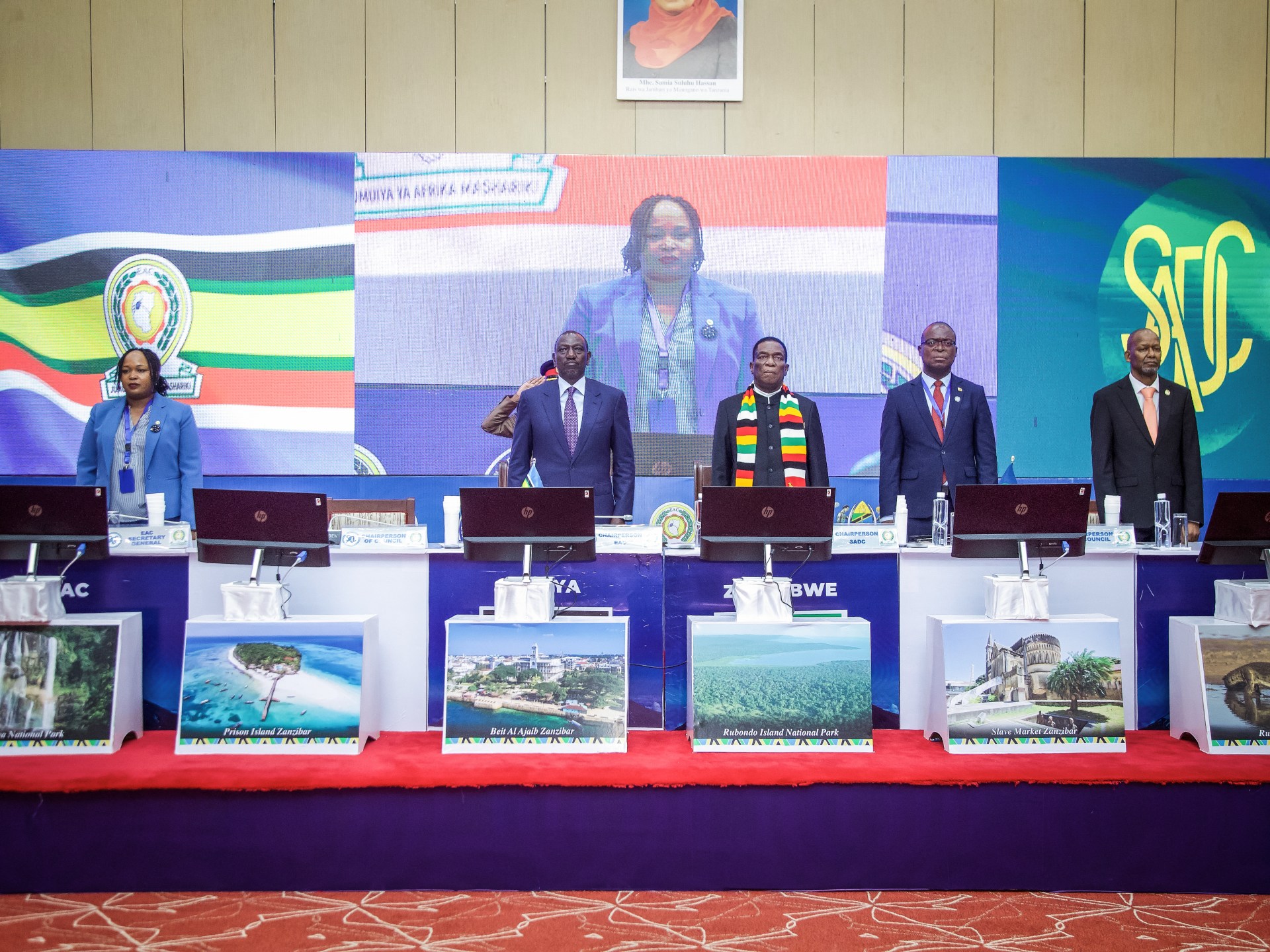Africa
DR Congo summit directs army chiefs to enforce ceasefire

Introduction to the Conflict and M23 Advances
The conflict in the Democratic Republic of Congo (DRC) has intensified with the M23 group, allegedly backed by Rwanda, making significant territorial gains. The group’s recent capture of strategic locations, such as the city of Goma and their advance towards Kavumu, has heightened regional tensions. Goma, the capital of North Kivu, is a crucial transit point, and its fall has displaced thousands, exacerbating the humanitarian crisis. The M23’s push into South Kivu threatens to disrupt vital supply lines, including the airport in Kavumu, essential for supplying Congolese troops.
African Leaders’ Summit: A Call to Action
In response to the escalating conflict, a summit of African leaders from the East African Community (EAC) and the Southern African Development Community (SADC) convened in Tanzania. The summit emphasized the urgent need for a ceasefire and the opening of humanitarian corridors to alleviate the suffering of civilians. Kenyan President William Ruto, chair of the EAC, urged both the M23 and the DRC forces to halt hostilities. This collective effort aims to prevent further regional instability, reflecting the gravity of the situation and the commitment of African nations to resolve the crisis.
Historical Context and Accusations
The conflict is deeply rooted in historical tensions, particularly Rwanda’s accusations against the DRC for harboring the FDLR, a group linked to the 1994 Rwandan genocide. Rwanda denies supporting M23, despite allegations from the UN and other sources. These mutual accusations have complicated peace efforts, with past negotiations in Angola and Kenya failing to yield lasting solutions. The involvement of countries like South Africa, Burundi, and Malawi in supporting the DRC militarily adds layers of complexity, raising fears of broader regional conflict.
International Reports and Rwanda’s Involvement
A United Nations report revealed that Rwanda has approximately 4,000 troops in the DRC, contrary to Rwanda’s denial of military involvement. Additionally, the report highlighted Rwanda’s profiting from smuggling gold and coltan, minerals crucial for electronics. This has significant implications, linking the conflict to economic interests and suggesting that Rwanda’s involvement is not merely altruistic. The international community is pressured to address these findings to ensure a fair resolution.
Humanitarian Impact and UN Warnings
The humanitarian toll of the conflict is staggering. UN Rights Chief Volker Turk reported nearly 3,000 confirmed deaths and 2,880 injured since M23’s offensive began. Additionally, there are disturbing allegations of sexual violence, including rape and sexual slavery, which are currently under investigation. Turk’s warning that the situation could worsen underscores the urgency for international action to protect civilians and prevent further atrocities.
Conclusion: Regional Implications and Urgency
The situation in the DRC is precarious, with the potential to engulf the region in conflict. The involvement of multiple countries and the deep-rooted historical issues require a comprehensive and coordinated international response. The African leaders’ summit represents a crucial step, but sustained efforts are necessary to ensure a ceasefire, accountability, and lasting peace. The international community must act swiftly to address both the immediate humanitarian needs and the underlying causes of the conflict to prevent further escalation and suffering.











